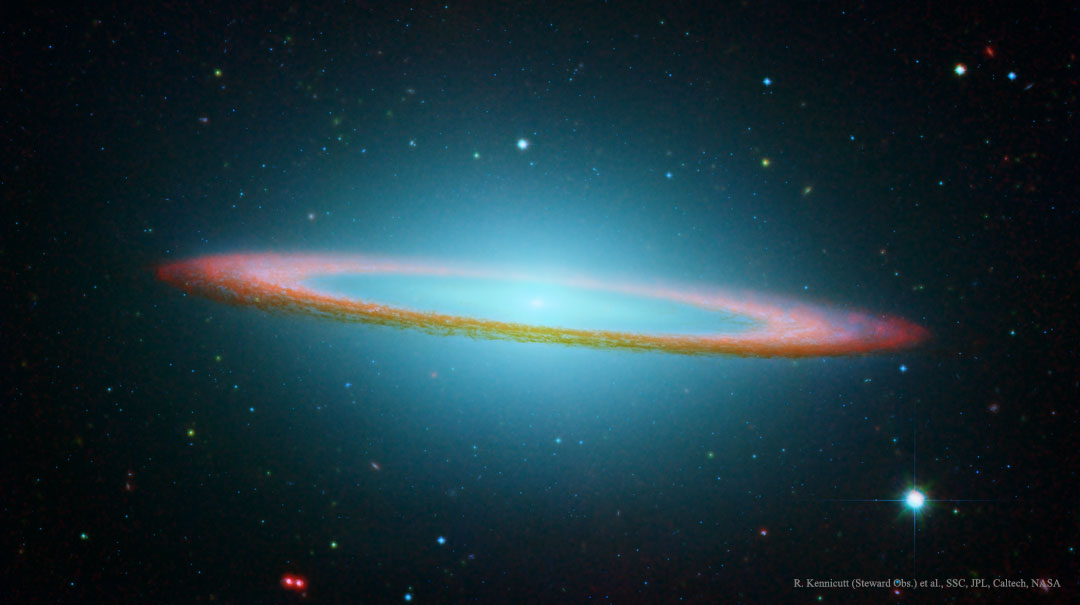
Cet état est généralement provoqué chez une personne par l'action
volontaire d'une autre personne. Ce processus est parfois nommé induction hypnotique.
Il se caractérise selon les individus par une réduction du champ
de conscience (hyperfocalisation), une introspection, le développement
d'hallucinations, de rêves, un sentiment d'absence, de dissociation, une
perte des repères spatio-temporels et d'autres phénomènes variables.
L'expérience hypnotique d'une personne dépend de sa personnalité, du
contexte, de la méthode employée, des suggestions qui lui sont faites, de la profondeur de l'induction hypnotique, et d'autres paramètres.
Une personne peut également développer une hypnose spontanée ou provoquer soi-même sa propre hypnose. On parle alors d’autohypnose.
Il existe un débat ancien entre ceux qui considèrent l'hypnose
comme un état mental spécifique et ceux qui le considèrent comme un jeu
de rôle comportemental en réponse pour se conformer à une attente, ainsi
que des positions médianes.
Le mot hypnose désigne également les techniques permettant de créer cet état et les pratiques thérapeutiques utilisées pendant cet état.




